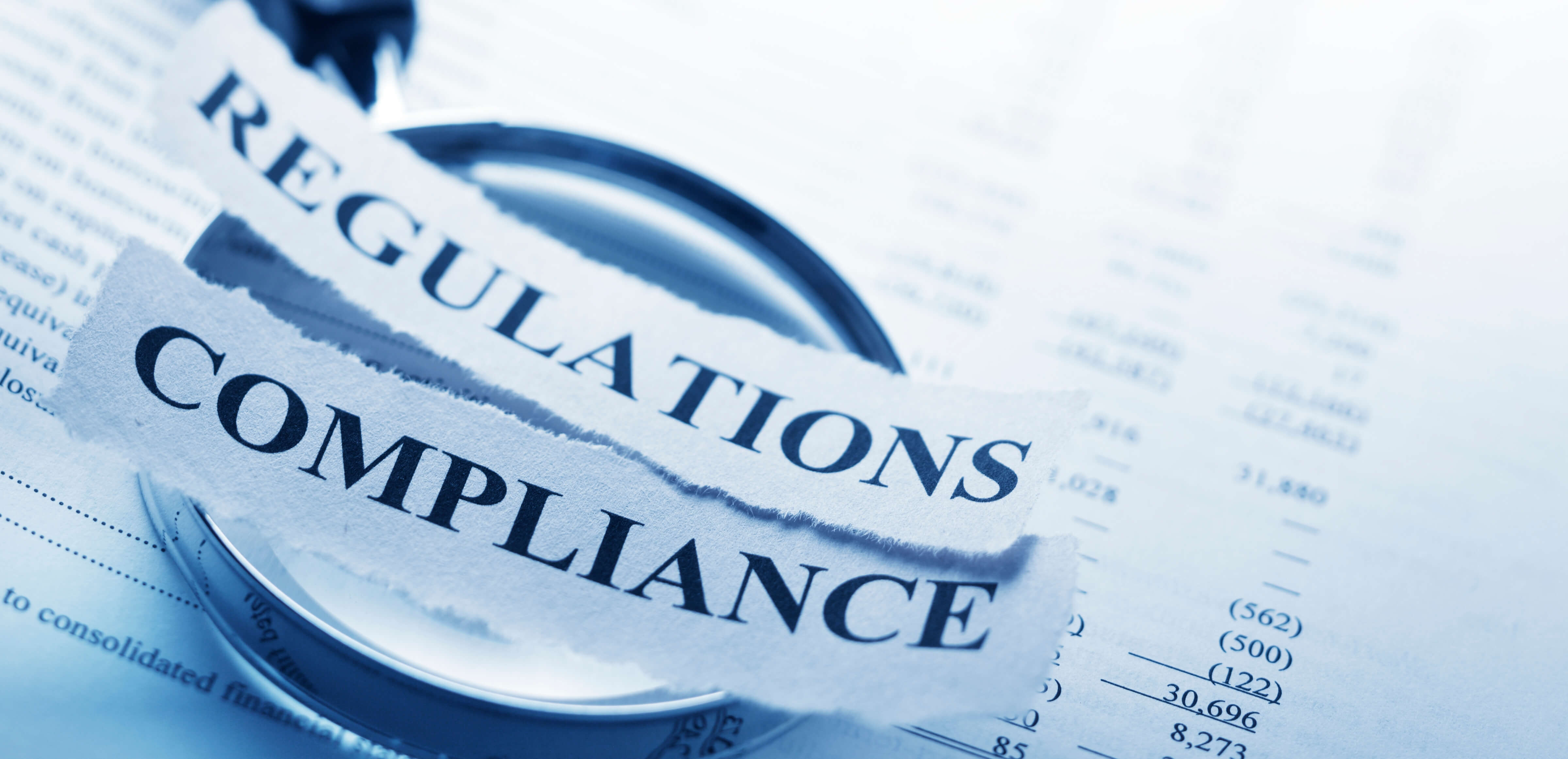Rules and Regulations
Operations Procedures
Guiding the Secure and Efficient Interconnected Power System
To ensure system stability, reliability, and equitable access to the Interconnected Power System, the System Operator establishes rules and regulations for all participants connected to the Grid in line with the requirements of the Grid Code and other Industry Rules and Requirements
The Interconnected Power System requires collaboration between all industry participants. The Rules and Regulations outlined on this page are not merely arbitrary guidelines, but rather the backbone of a robust and smoothly functioning energy ecosystem
These rules are necessary for several key reasons:
- System Stability and Reliability: Rules and regulations are in place to ensure that the system remains stable and reliable, minimizing the risk of blackouts, voltage fluctuations, and equipment failures.
- Safety and Security: Rules and Regulations set out to govern safety practices and security protocols to safeguard both the workforce and the general public from electrical hazards.
- Market Fairness: The energy market thrives on fairness and transparency. Regulations prevent monopolistic practices, ensuring that all participants have equal opportunities to access the grid, compete, and innovate.
- Environmental Responsibility: With growing concerns about climate change, rules are established to encourage the integration of renewable energy sources and the reduction of environmental impacts, aligning the energy sector with sustainable practices.
The rules and regulations outlined on this page encompass a wide array of critical areas that collectively uphold the integrity of the Interconnected Power System. These areas include but are not limited to:
- Operational Procedures: Guidelines for how system participants should operate their equipment, manage load distribution, and handle emergency situations to prevent grid instability.
- Safety Protocols: Safety is paramount in power system operations. These regulations detail safety measures, equipment maintenance, and disaster response protocols to protect both personnel and the environment.
- Grid Connection: Regulations governing the process of connecting new participants to the grid, ensuring compatibility and reliability while accommodating growth.
- Demand Response: Guidelines for managing demand fluctuations, ensuring the balance between supply and demand is maintained effectively.
- Market Operations: Rules that guide market participants in engaging in fair and transparent energy trading, promoting competition and efficient allocation of resources.
- Environmental Compliance: Regulations that ensure the power system's operations align with environmental standards, promoting sustainable energy practices and minimizing ecological impact.
- Technical Standards: Guidelines for equipment specifications, communication protocols, and technological requirements that facilitate seamless integration of diverse components.
| Document Name | Date Published |
|---|---|
| Generator Connection Requirements | 14 Aug 2023 |
| Generation Dispatch Responsibilities of the System Operator (SO) | 14 Aug 2023 |
| Low Power factor Surcharge Mechanism | 14 Aug 2023 |
Network Operation Procedures/Documents
| # | Document Name | Detail | Download | |
|---|---|---|---|---|
| 4 | 2023 Interconnected Power System Fault Levels Report at Bulk Supply Points | 1 | 2023 Interconnected Power System Fault Levels Report at Bulk Supply Points | Download |
Other Network Procedures/Documents
| # | Document Name | Version | Detail | Download |
|---|---|---|---|---|
| 1 | ERB Approved Low Power Factor Surcharge Formula | Version 1 | The formula for the ERB approved Low Power Factor Surcharge as applied at points of connections | Download |
| 2 | 2023 Q2 System Operator Report | Version 1 | Report of the System Operator presented to the Grid Code Technical Committee during the 2023 Q2 Meeting | Download |
| 3 | 2023 Q2 Regional Operator Report | 1 | Report of the Regional Operator presented to the Grid Code Technical Committee during the 2023 Q2 Meeting | Download |